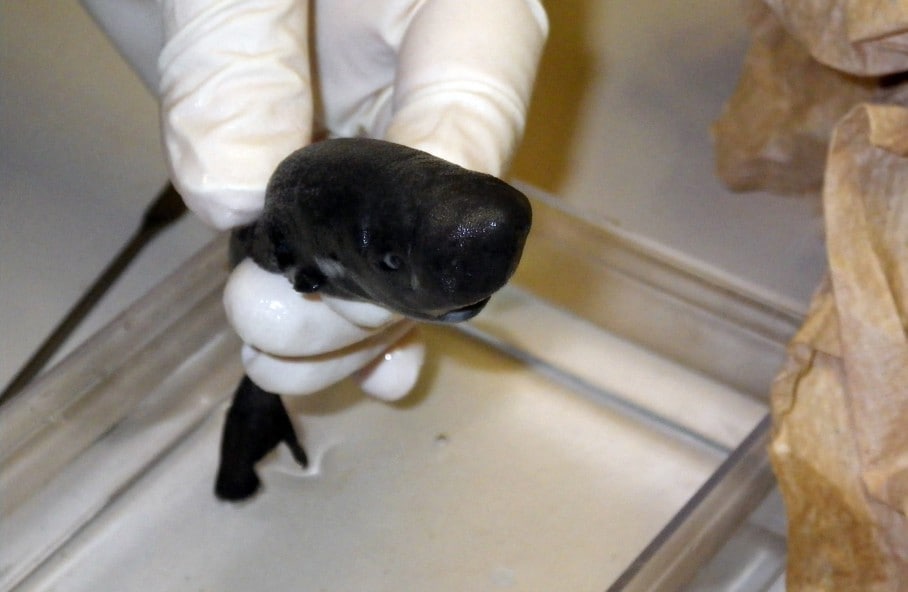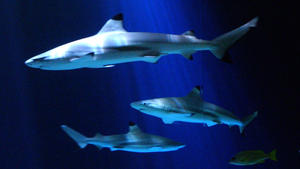
“You’re more likely to be struck by lightning than killed by a shark”
This week the LA Times investigated the age old question- should be be concerned about getting attacked by a shark? We at Sea Save have had the pleasure of diving to observe and photograph these wonderful creatures and know how to be mindful when in their habitat. This week, take a look over the article and make a point to truly educate yourself on shark attacks beyond what we see in the media. Read more…
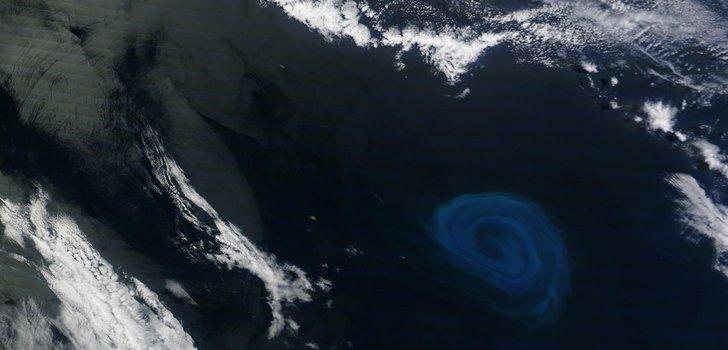
According to a new study published in Biogeosciences journal, ocean dead zones have now been discovered in the open Atlantic Ocean. Dead zones are defined as areas that contain little to no oxygen.These are not uncommon near inhabited coastlines where there is a large amount of algae blooms as a result of industrial water pollution. Researchers have now found a number of these areas hundreds of miles off of the coast of West Africa. These remote dead zones were created from eddies that consume oxygen five times more than in normal ocean conditions. Read more…
 While reviewing methods to help prevent the melting of the frozen Arctic ground, scientists proposed artificially whitening the surface of the Arctic Ocean to increase the reflection of the Sun’s energy and restore sea ice. Although this theoretically would work, the solution would not resolve the warming temperatures. A recent study in Environmental Research Letters discusses the details as to why ocean whitening is not an effective tool for offsetting the effects of climate change. Read more…
While reviewing methods to help prevent the melting of the frozen Arctic ground, scientists proposed artificially whitening the surface of the Arctic Ocean to increase the reflection of the Sun’s energy and restore sea ice. Although this theoretically would work, the solution would not resolve the warming temperatures. A recent study in Environmental Research Letters discusses the details as to why ocean whitening is not an effective tool for offsetting the effects of climate change. Read more…
The NOAA’s Northeast Passive Acoustic Sensing Network (NEPAN) has now launched a new network to begin listening to the sounds of marine mammals and fish. Scientist are using buoys and UAVs to record all of the acoustic data. This data will be used to help monitor species presence and provide an understanding of migration changes and the influence on environmental variability. Read more…
5. Laser ‘Ruler’ Measures Whale Sharks
If you had to take a guess, how long do you think a mature whale shark is? Well, if you guessed between 30 to 65 feet then you guessed right! Scientists have recently used a technique that combines lasers and photography to record whale measurements. Their findings also indicated that a large population of juvenile males are found in the watters off of Mozambiqu and Tanzania but juvenile females are not found at the same location. This information can help improve conservation and population growth strategies for this species. Read more…
6. New Study Shows How Discarded Plastic Bags Are Smothering Marine Life
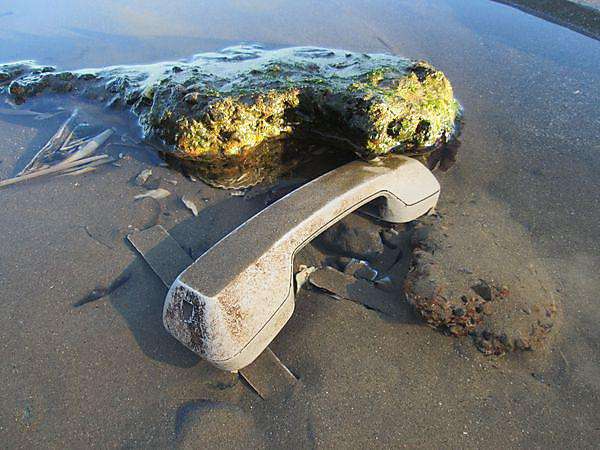 Are you still using plastic bags at the grocery store? Do you know where the go after you discard them? The recent paper published in Environmental Science and Technology will make you think twice about those bags. Dr. Dannielle Green, an IRC-funded Research Fellow in the Biochemistry Research Group at Trinity College Dublic, lead a group of scientists to review what ecologic impacts those plastic bags have on our environment. One conclusion from the study was that in a 9 week period, plastic bags smother coastal sediment and small organisms that live on them which has a huge impact on the food chain. Read more…
Are you still using plastic bags at the grocery store? Do you know where the go after you discard them? The recent paper published in Environmental Science and Technology will make you think twice about those bags. Dr. Dannielle Green, an IRC-funded Research Fellow in the Biochemistry Research Group at Trinity College Dublic, lead a group of scientists to review what ecologic impacts those plastic bags have on our environment. One conclusion from the study was that in a 9 week period, plastic bags smother coastal sediment and small organisms that live on them which has a huge impact on the food chain. Read more…
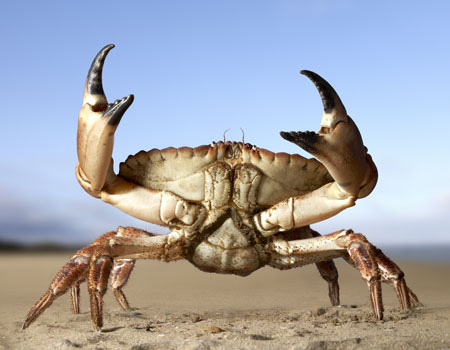
7. The Chase is On!
8. This is a Pocket Shark
Polar opposite to the whale shark, the pocket shark, scientific name Mollisquama parini, is only 5 inches in length. This small species was recently found in the Gulf of Mexico. Scientists have stumbled upon this little shark a few times over the years but still know very little about their behavior. Read more…
9. Can We Finally Stop Worrying About the Humpback Whale?
Sea Save Foundation is committed to raising awareness of marine conservation. The Week in Review is a team effort produced by the Sea Save staff to provide a weekly summary of the latest in marine research, policy, and news.



